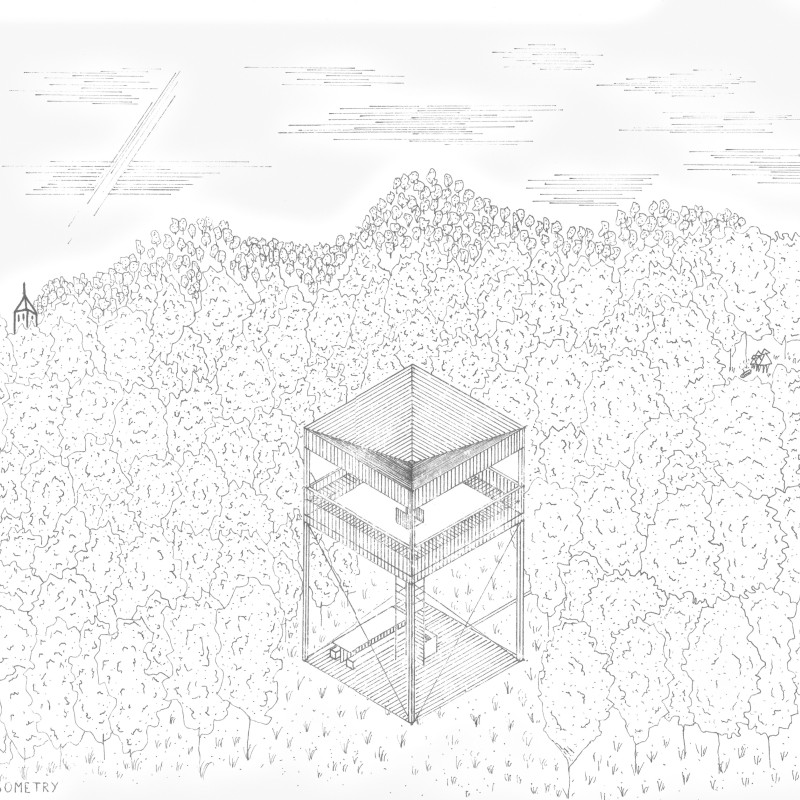5 key facts about this project
The design concept focuses on enhancing connectivity—both socially and physically. Its layout promotes interaction among users, fostering a sense of community and encouraging engagement through various shared spaces. Carefully proportioned areas are strategically placed to support communal activities as well as individual pursuits, demonstrating a thoughtful approach to public architecture.
At the core of this architectural project is a commitment to sustainability. The design process took into account the environmental impact, utilizing materials that are not only durable but also resonate with the local aesthetics. The exterior is clad in a combination of concrete and glass, creating a sleek façade that simultaneously provides transparency and solidity. This allows for abundant natural light to permeate the interior spaces, minimizing reliance on artificial lighting while contributing to energy efficiency. The incorporation of renewable energy features, such as solar panels and a rainwater harvesting system, further underscores the project’s dedication to reducing its environmental footprint.
The building’s interior is carefully curated, allowing for fluid movement between spaces. High ceilings contribute to an open atmosphere, while strategically placed windows frame views of the surrounding landscape. Each area transitions smoothly into the next, with attention to acoustics ensuring that communal spaces remain welcoming and engaging. Highlighting flexibility, adaptable spaces can be rearranged based on varying functions, ranging from community events to educational activities.
Unique design approaches are evident in the architectural details that reflect a thoughtful response to the site’s context. For instance, the landscape design not only enhances the visual appeal but also encourages biodiversity. Native plant selections and green roof elements are woven into the overall design, creating habitats that invite wildlife while promoting ecological balance. Pathways guide visitors through these areas, reinforcing the importance of the relationship between the built environment and nature.
Furthermore, materiality plays a crucial role in this project. The use of local materials not only honors the regional context but also reduces transportation impacts, supporting a more sustainable building practice. In addition to concrete and glass, warm, natural materials such as wood are incorporated throughout the interior, facilitating a tactile experience that complements the modern aesthetic. This thoughtful selection of materials cultivates a human-centered environment, encouraging occupants to feel at ease within the space.
The architectural project exemplifies how contemporary design can serve functional and aesthetic purposes while simultaneously addressing social and environmental responsibilities. Its impact extends beyond the architectural framework; it weaves itself into the fabric of the community, creating a space that is as much about the people who inhabit it as it is about the structure itself.
For those interested in gaining a deeper understanding of this architectural endeavor, exploring the intricate architectural plans, sections, and designs will provide further insight into the thoughtful decisions that shaped this project. The architectural ideas presented within its design reflect a meticulous attention to detail, making this project a noteworthy example of modern architecture in practice.


 Thibault Leslie C Courtois
Thibault Leslie C Courtois 




















